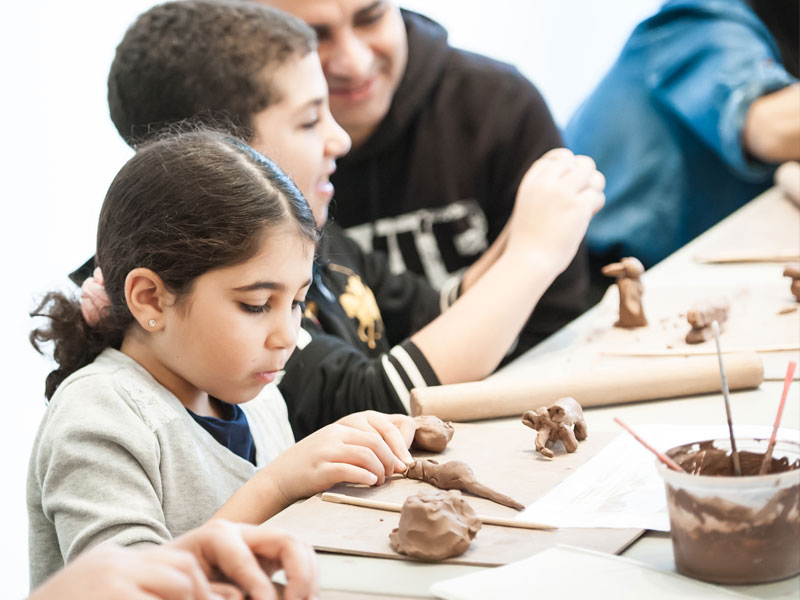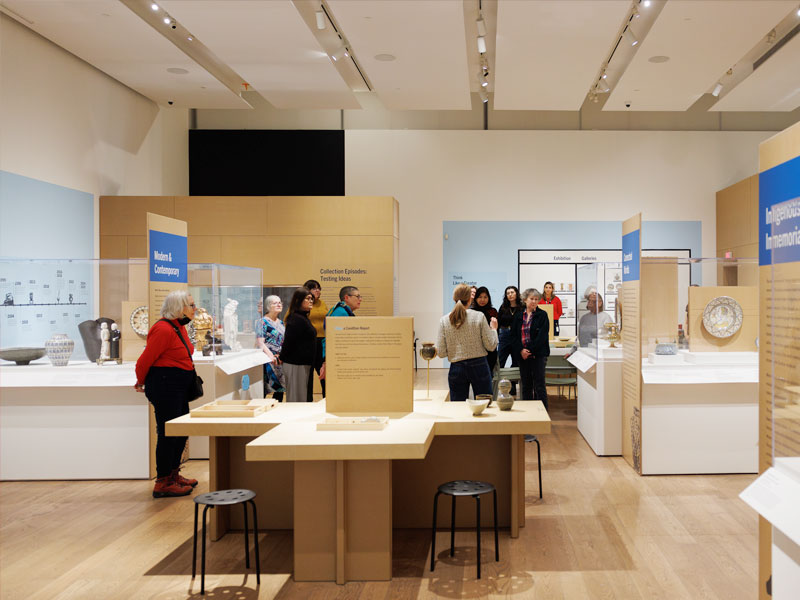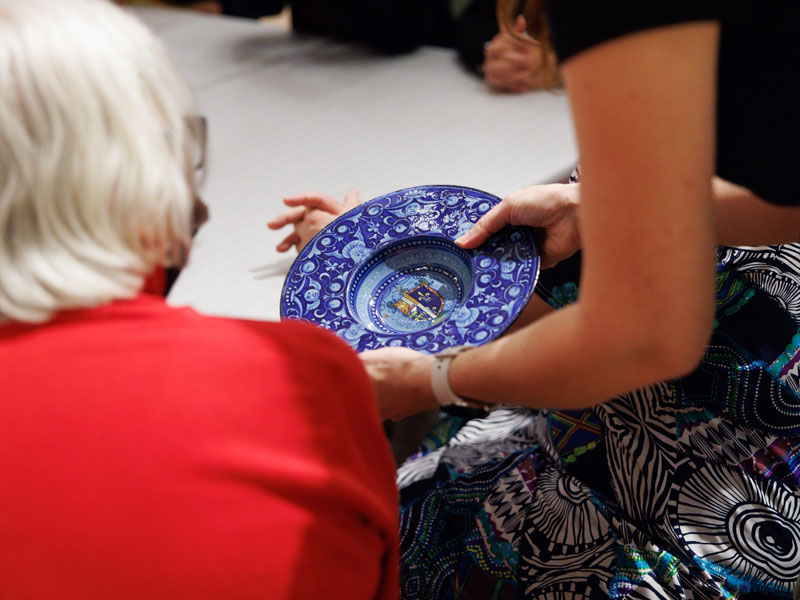Questioning Quarantine in the Jewish Ghetto of Venice
The Gardiner Museum brings together people of all ages and backgrounds through the shared values of creativity, wonder, and community that clay and ceramic traditions inspire.

- This event has passed.
Questioning Quarantine in the Jewish Ghetto of Venice
December 9, 2021 @ 1:00 pm - 2:00 pm
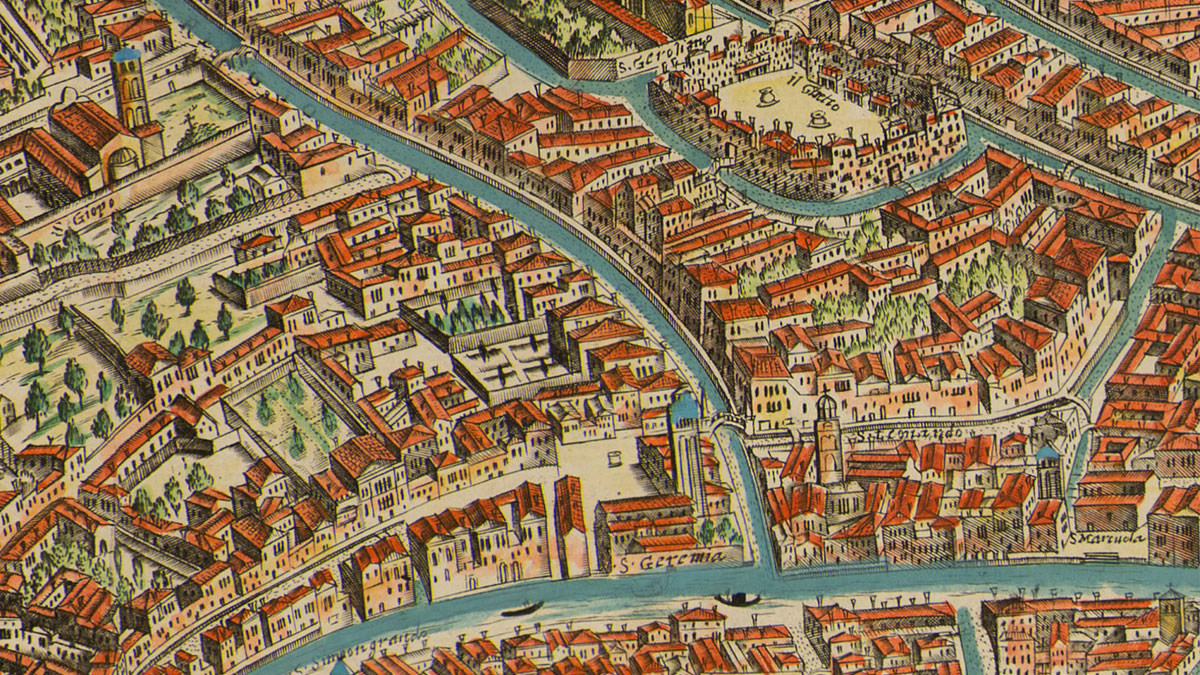
Presenting Programs Sponsor
The Samuel H. Kress Foundation
Register
Free online program
Venice placed great stress on the value of quarantine. The etymology of the word “quarantine” has its origins in 14th-century Venice and denotes a period of 40 days in which authorities ordered the isolation of ships during outbreaks of the plague. Venetians attempted to protect city boundaries through the strict isolation of infection on small remote islands.
In this talk, Dana E. Katz will explore the concept of quarantine as it relates to another form of enforced residential restriction, that of the Venetian Jewish ghetto. Whereas plague-spreading conspiracies in medieval Europe resulted in the burning of Jews at the stake for accusations of poisoning wells, early modern Venice instead offered Jews residence in the newly constructed ghetto. The ghetto offered Jews a home; however, it did so by disenfranchising them from privilege and power. Professor Katz will discuss how Venetian authorities used the isolation of Jews in the ghetto to quiet concerns between state and faith.
ABOUT THE SPEAKER
Dana E. Katz is Joshua C. Taylor Professor of Art History and Humanities at Reed College. Her research explores representations of religious difference in early modern European art. She is the author of The Jew in the Art of the Italian Renaissance (University of Pennsylvania Press, 2008) and The Jewish Ghetto and the Visual Imagination of Early Modern Venice (Cambridge University Press, 2017). Her current book project, “Materials of Islam in Premodern Europe,” studies the material effect of Christian and Muslim encounters.
ABOUT THE EXHIBITION
Renaissance Venice was a multicultural metropolis where migration and mobility shaped the daily lives of its inhabitants. Its position at the crossroads of trade routes linking Europe to the Islamic World brought a continuous flow of commodities like pigments, spices, and luxury objects. In the homes of Venetians, these imported goods complemented locally-made products like maiolica, or tin-glazed earthenware. Renaissance Venice: Life and Luxury at the Crossroads recreates a sensory world of objects, from Chinese porcelain and Islamic metalware to Venetian textiles and glass. Learn more
Presenting Programs Sponsor
The Samuel H. Kress Foundation
Exhibition Supporting Sponsor
Gladys Krieble Delmas Foundation
Official Paint Sponsor
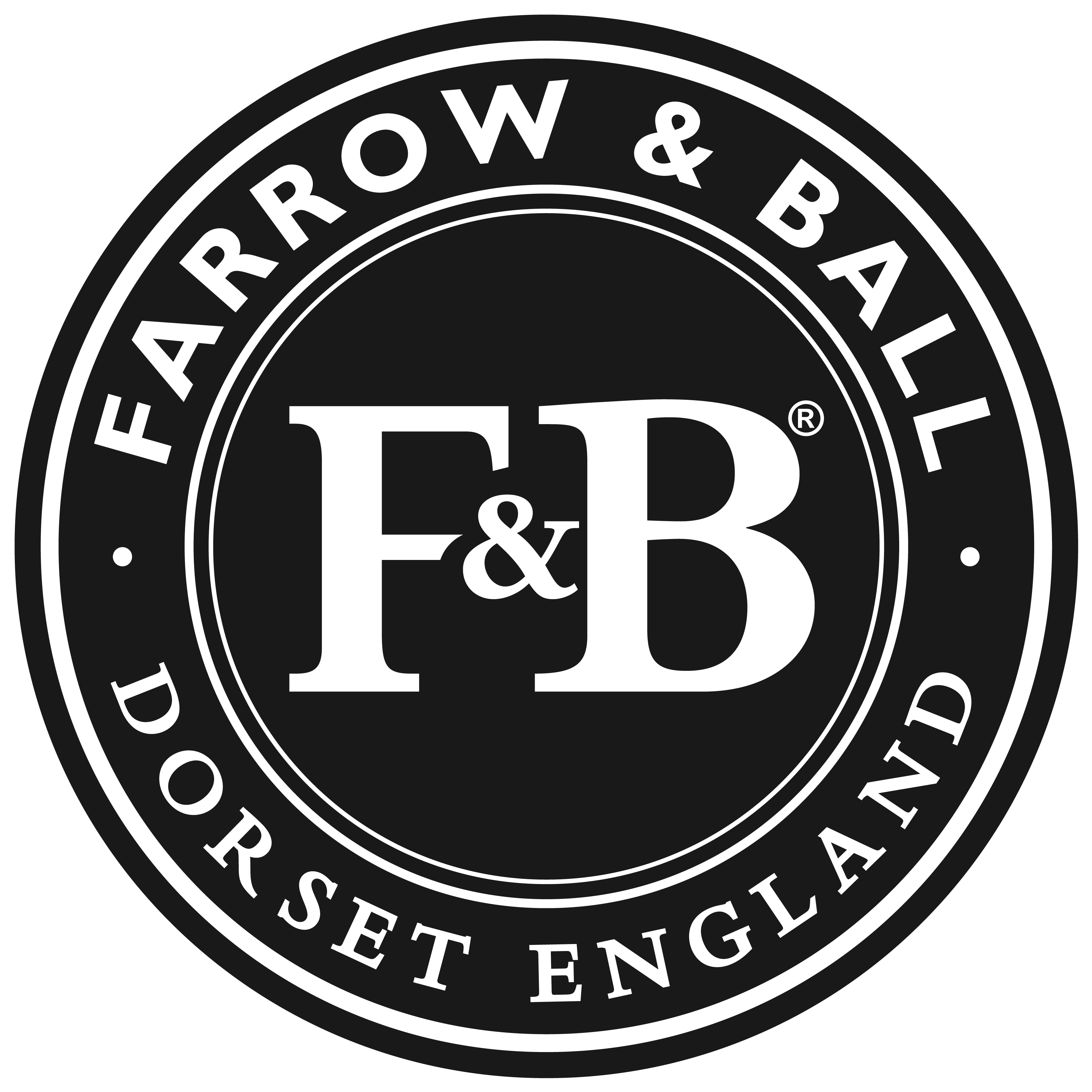
Thanks To
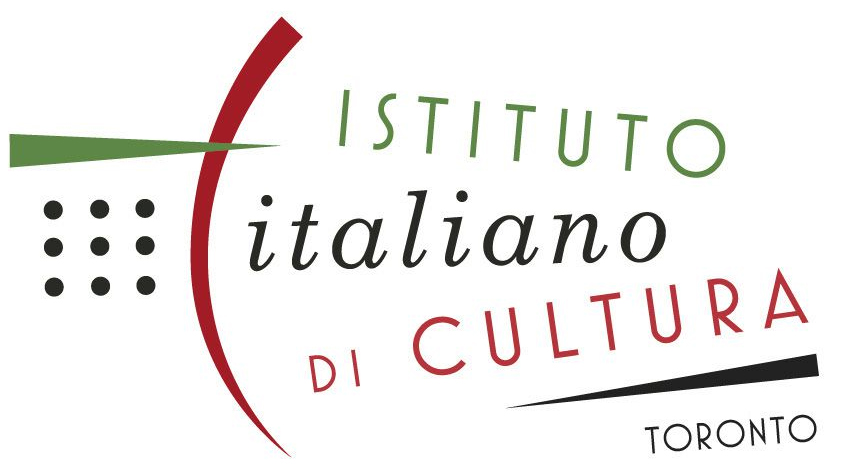
Community Partners
Villa Charities
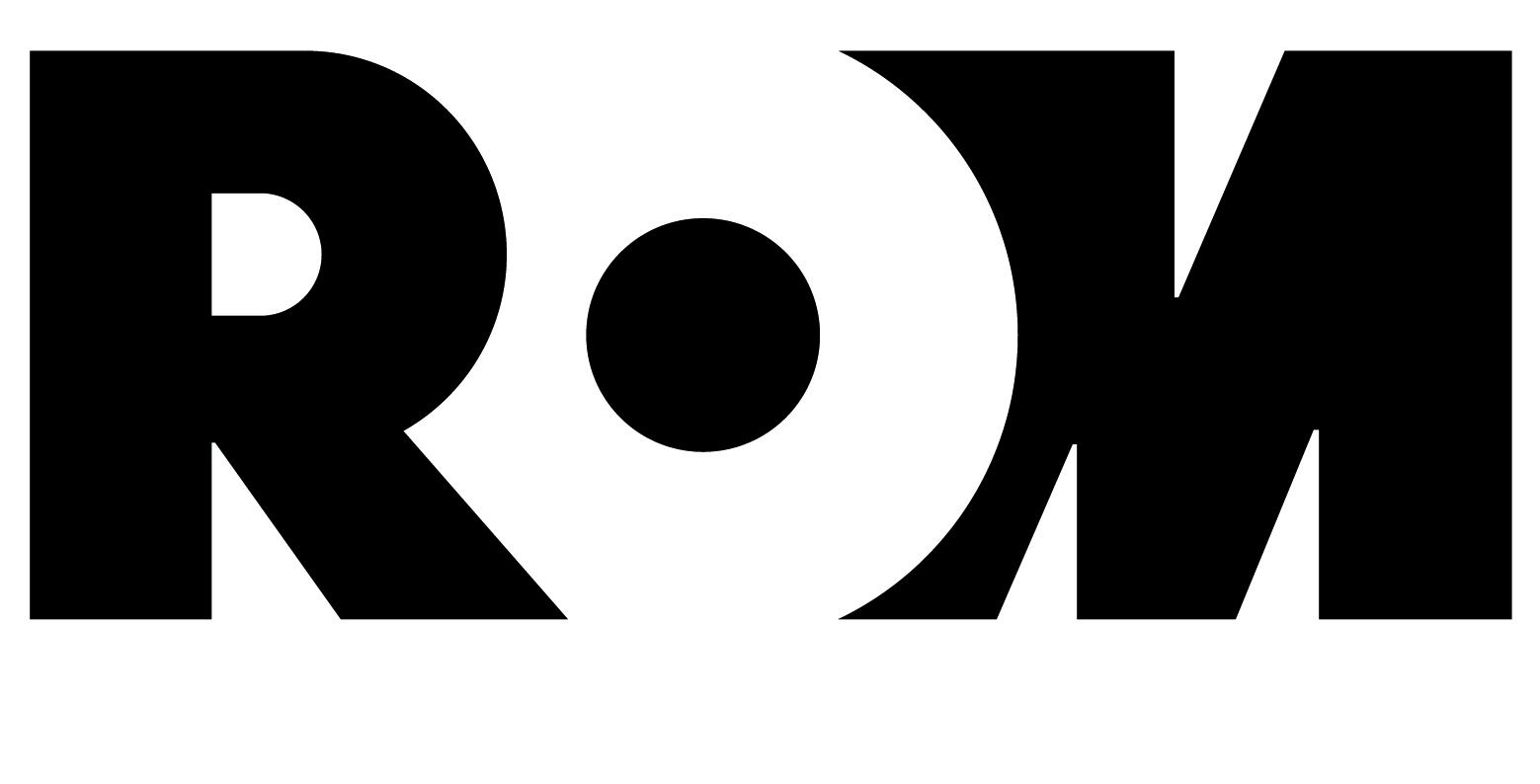
This exhibition includes objects generously provided by the Royal Ontario Museum.
Header: Detail of the Venetian ghetto from Giovanni Merlo’s 1676 map, Novacco 4F 288
